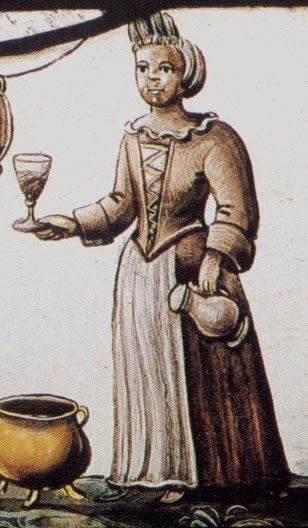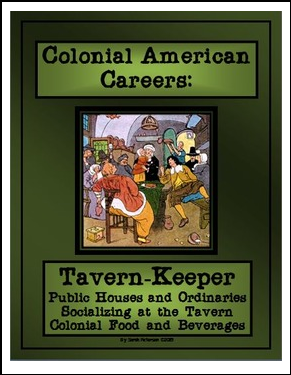

Chicken was good as chickens were plentiful, in part due to the quick time from hatching to lobbing off their heads and serving. Menus concentrated on hearty fare, particularly at breakfast and dinner. Lunch followed around two or three in the afternoon, and dinner or supper was served around seven. Food ranged from quite good and varied to horrid and no variety.īreakfast was a big meal – eggs, fish, steak, sausages, bacon, bread, coffee and of course, tea. Taverns and inns also provided a place to relax when journeys were delayed. Stagecoach fare often included lunch, which was provided at the inns. The colonial era taverns and inns were also the only restaurants around in rural areas. But in winter or rain, you could likely find much of the congregation in the tavern. Perhaps in nicer weather, the church picnic so often depicted as the staple of community life might have taken place. It was common practice to spend all day Sundays in church, with a break around noon for lunch and to warm up, as in winter, churches were seldom heated. What liquors and what food could be served was decreed by county or city regulation, and getting hammered on Sundays was strongly discouraged.īut the community’s insistence on having a colonial era tavern close by churches made monitoring that doubly difficult. Charleston, South Carolinaĭrunkenness was discouraged, and both the inebriant and tavern keeper could be prosecuted. A common practice was to offer licenses to widows, in part to keep them off the county dole, as a woman in those days without means nor husband often relied on social welfare to survive. County officials supervised their operation, and recognizing the vital role they played in society, even seeking out suitable innkeepers.

In the beginning, the Puritans of New England tried their best to regulate taverns and people’s behavior inside them, a practice common throughout the colonies. By the end of the 17th century, the word tavern was displacing ordinary along the eastern seaboard. In the earliest days of the colonies, the term was Ordinary, which stuck around longer in the south. The difference between a colonial era tavern and an inn is that the inn offered accommodation, the tavern only food and drink. In the cities and some rural areas, taverns were much more plentiful, sometimes scandalously so. In Massachusetts on the roads leading to Boston, taverns and inns were spaced about every eight miles, which worked out to a reasonable journey in the winter cold before a person needed to warm up, inside and out. In the century or so leading up to the Revolution, colonial taverns and inns were an essential part of the community. Horses need frequent rests, and travel by coach and horseback were far from comfortable. In fact, you still can when I have a chance. I’m no stranger to taverns, and if I lived in the days of colonial America, it’s a safe bet I’d be found in one of the colonial inns that still dot the east coast.


 0 kommentar(er)
0 kommentar(er)
